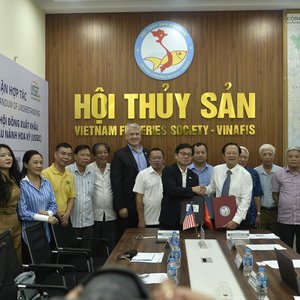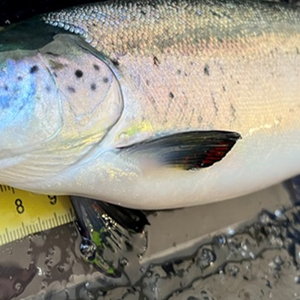Call for data and experts on public health risk of histamine and other biogenic amines from fish and fishery products - Deadline: 31 December 2011
Scombroid fish poisoning (often called “histamine poisoning”) is caused by ingestion of certain species of marine fish that contain high levels of histamine and possibly other biogenic amines. These fish species contain high levels of free histidine in their tissue and when such fish are subjected to temperature abuse after harvest, bacteria decarboxylate histidine to produce histamine. A number of bacterial species can produce histamine, but Morganella morganii and Proteus spp. are particularly strong histamine producers. Histamine is an organic nitrogen compound may trigger an allergic response in human and mammalian systems. Other biogenic amines produced during fish decomposition are thought to potentiate the toxic effect. Although fatal cases are rare, severity of the symptoms can vary depending on the amount of histamine and other biogenic amines ingested and the individual’s sensitivity to specific biogenic amines.
In the Codex Alimentarius Commission, there are several standards establishing the maximum levels of histamine for different fish and fishery products. In April 2011, the 31st Session of Codex Committee on Fish and Fishery Products (CCFFP) revisited these histamine maximum levels and agreed to establish an electronic Working Group in order to review the public health risk of histamine from fish and fishery products from a more general perspective, taking into account existing sampling plans, different maximum levels in products and risk reductions achieved by these at the national level. To support and facilitate this effort, FAO/WHO plan to provide the review on public health risk of histamine and other biogenic amines (such as cadaverine and putrescine) from fish and fishery products considering both food safety and trade impact implications.
FAO and WHO want to ensure that all available and relevant information and data are at their disposal, and are issuing an international call for data to raise awareness about data needs and invite all interested parties to provide both organizations with any relevant information/data, particularly that which may not be readily available in the public domain.
Click here for more information about data submissions and applications (PDF)










